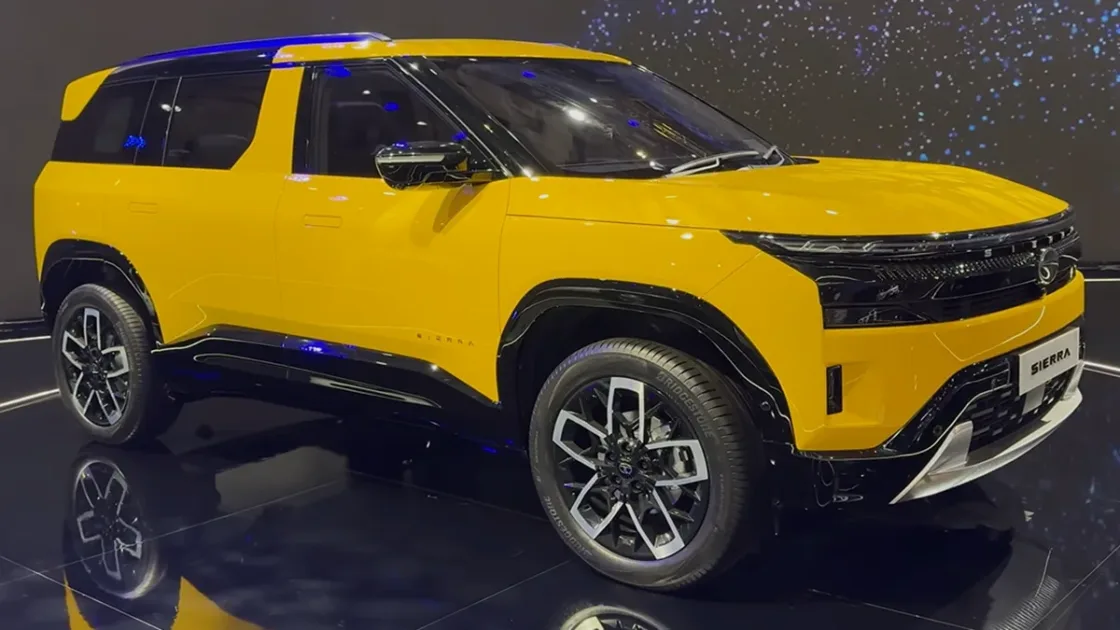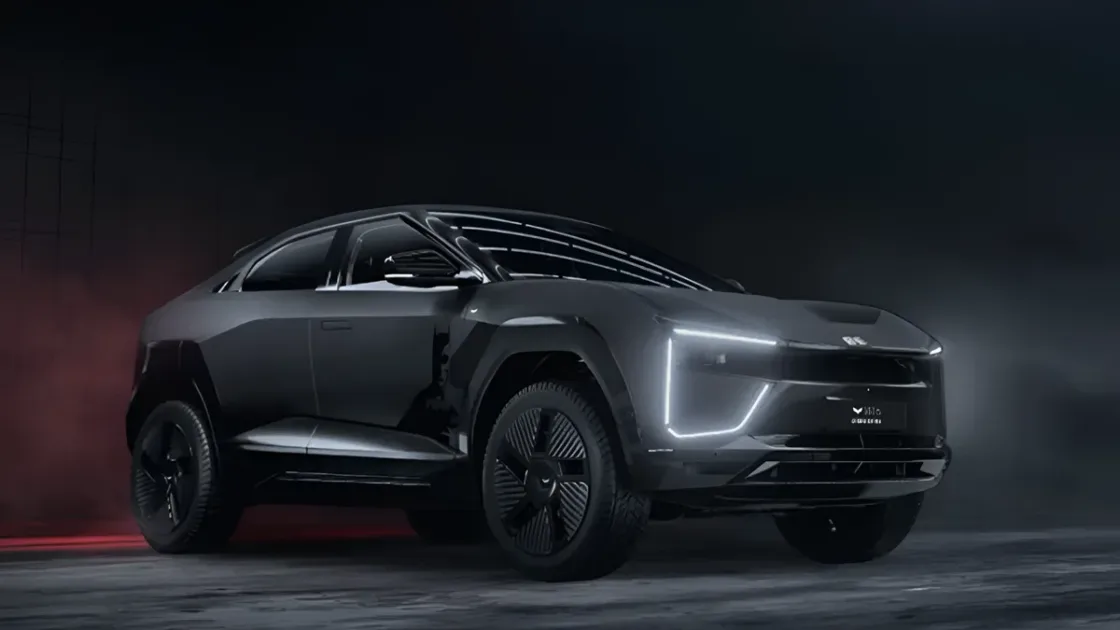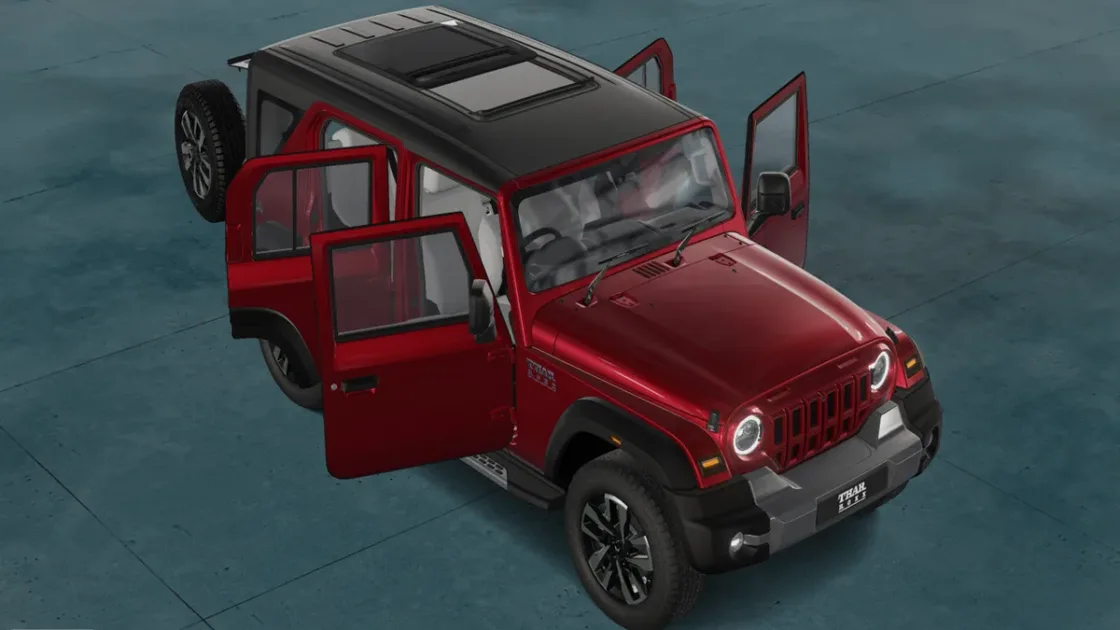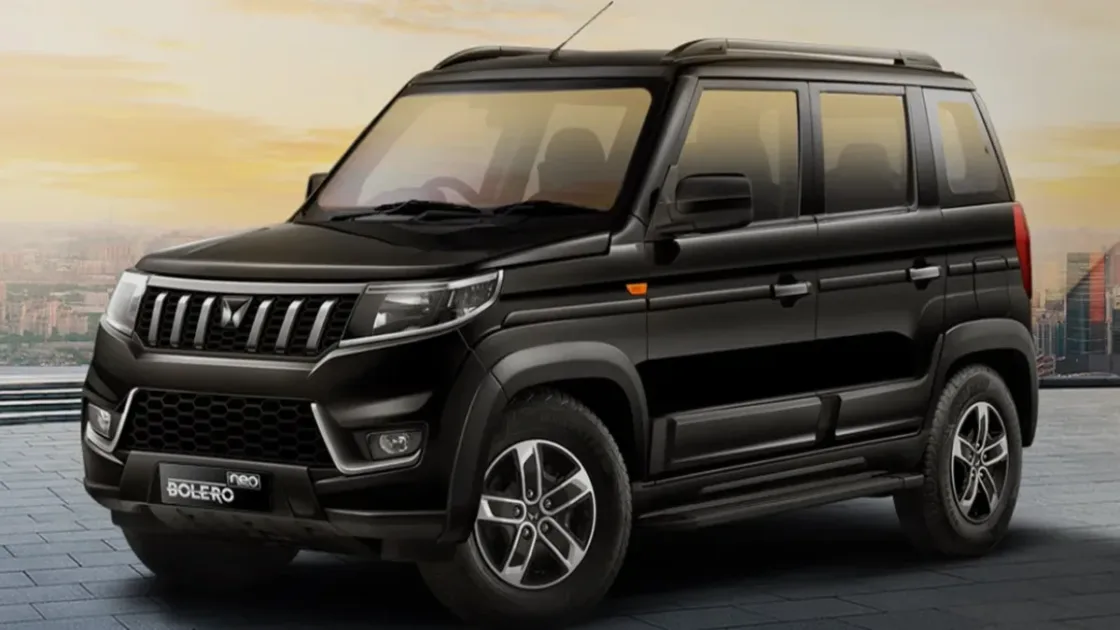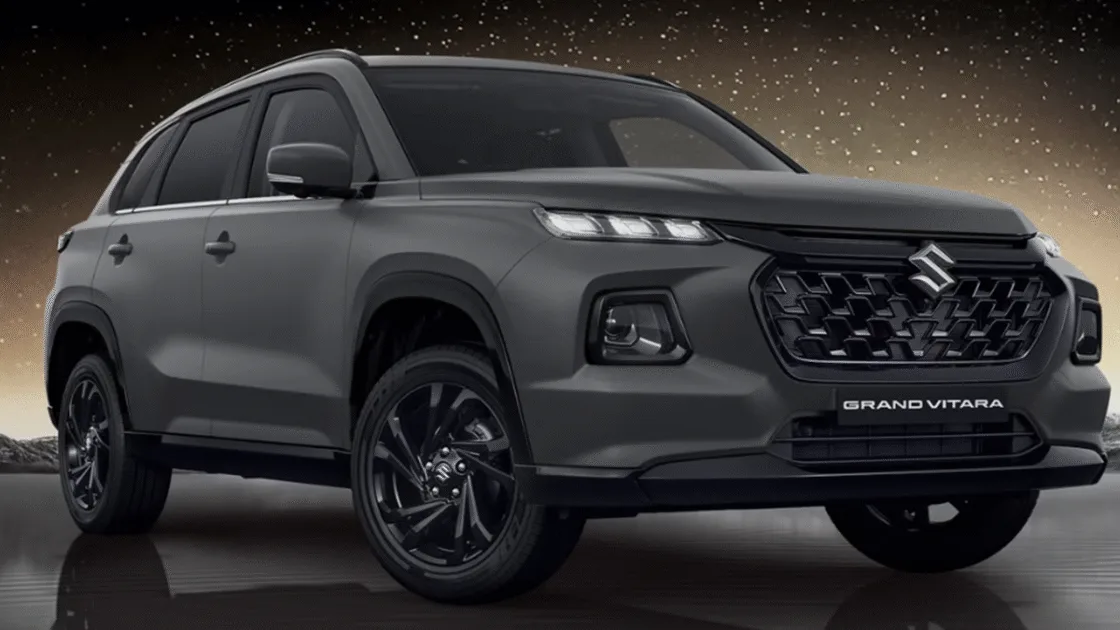In the next two years, a number of new competitors will threaten Hyundai Creta’s unmatched domination. Here are the three main ones that will be arriving soon.
5 Upcoming Hyundai Creta Rivals that could challenge its dominance. For almost ten years, the Hyundai Creta has been the clear market leader in India for the midsize SUV sector. Despite the entrance and departure of numerous heavyweights, like the Renault Duster, Nissan Kicks, and Tata Hexa, among others, the attractiveness of this third-generation vehicle, which was first introduced in 2015, hasn’t diminished in the slightest. However, with several new competitors joining the market in the upcoming years, this supremacy may face a serious challenge. Let’s analyse the Hyundai Creta Rivals in India: 5 Upcoming SUVs Launches that will be introduced in India during the coming two years.
| SUV Model | Launch Timeline | Key Highlights |
| Tata Sierra | Early 2026 | ICE + EV options; 1.5L TGDi petrol & 2.0L diesel; EV with V2V & V2L tech; AWD option expected |
| New Kia Seltos | 2025 facelift | Updated powertrain; 1.5L diesel with 250 Nm torque; 19.1 km/l mileage; refreshed design & features |
| Renault Duster | 2026 comeback | 1.0L & 1.3L turbo petrol engines; hybrid variant under development; design inspired by Dacia Bigster |
| Maruti eVitara | 2025–2026 | First Maruti EV SUV; 49 kWh & 61 kWh battery options; up to 500 km range; AWD variant possible |
| Nissan Kait | 2026 | Based on the CMF-B platform, 1.3L turbo petrol + hybrid option; localised production for competitive pricing |
1. Tata Sierra
After more than 20 years, the Sierra is finally returning to the Indian market, but in a completely different form. It was unveiled earlier this year at the 2025 Bharat Mobility Global Expo and will come in both ICE and EV variants. The Tata Sierra has been observed multiple times during its test runs, disclosing many important information, and is anticipated to go on sale in early 2026.
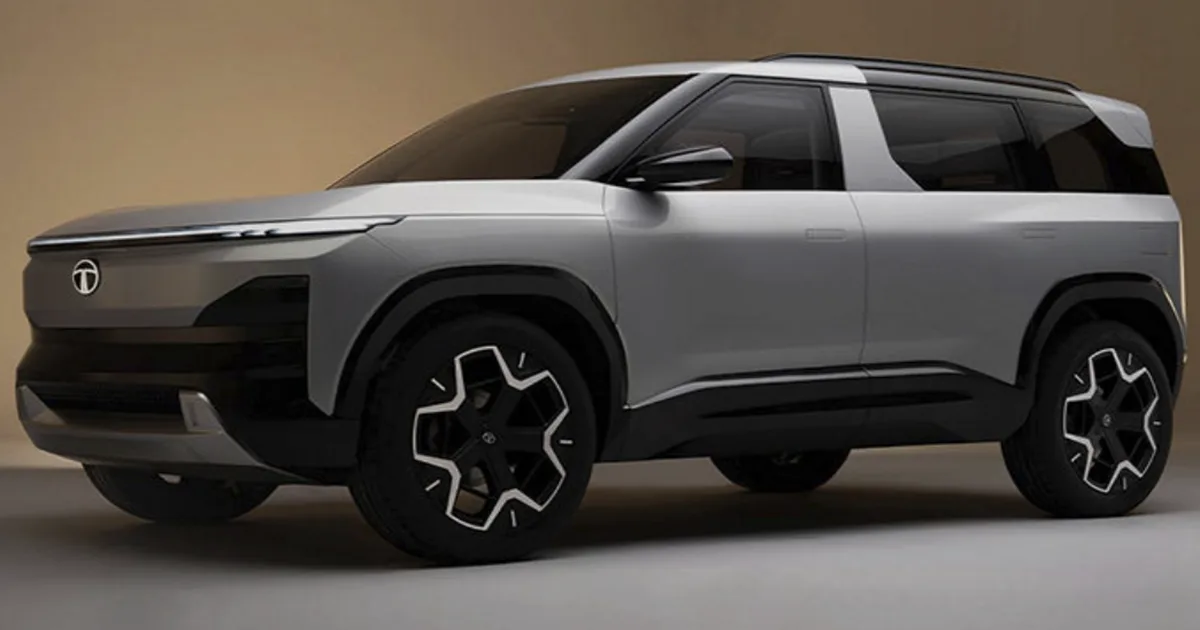
Key details of Tata Sierra
The ICE model will be available in both petrol and diesel fuel trims with 1.5L TGDi and 2.0L Kryotec engines, respectively, while the EV version is anticipated to have several cutting-edge features like AC fast charging compatibility, Vehicle-to-Vehicle (V2V) and Vehicle-to-Load (V2L) technology, among others. The EV variant may also be equipped with an AWD system. We are awaiting official confirmation, though.
Also Read:- Maruti Grand Vitara Prices Slashed After GST Cut – Still Costlier Than Victoris
2. New Kia Seltos
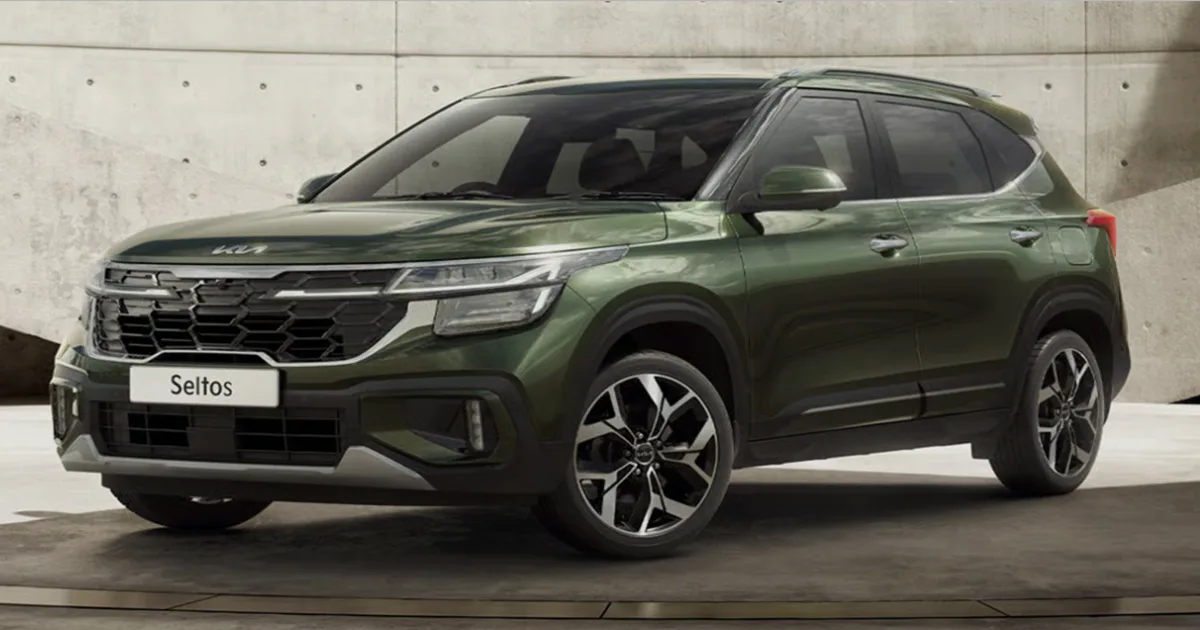
One could argue that the Seltos is the Creta’s most obvious adversary. The two SUVs have comparable levels of equipment and the same foundation. Kia’s first big hit in the Indian market was the Seltos, which is still a popular car in the market. It is well known that Kia India is developing a generational update for the SUV that will include important powertrain enhancements, additional features, and a more enticing look.
Key details New Kia Seltos
The 1,493 cc engine of the Kia Seltos Diesel Automatic generates 250 Nm of torque between 1500 and 2750 rpm and 114.41 horsepower at 4000 rpm. Together with a 4-cylinder engine and automatic transmission, it provides an ARAI-certified 19.1 km/l. The SUV strikes a balance between power, efficiency, and usefulness with five seats, a 433-litre boot, and a 50-litre fuel tank.
3. Renault Duster
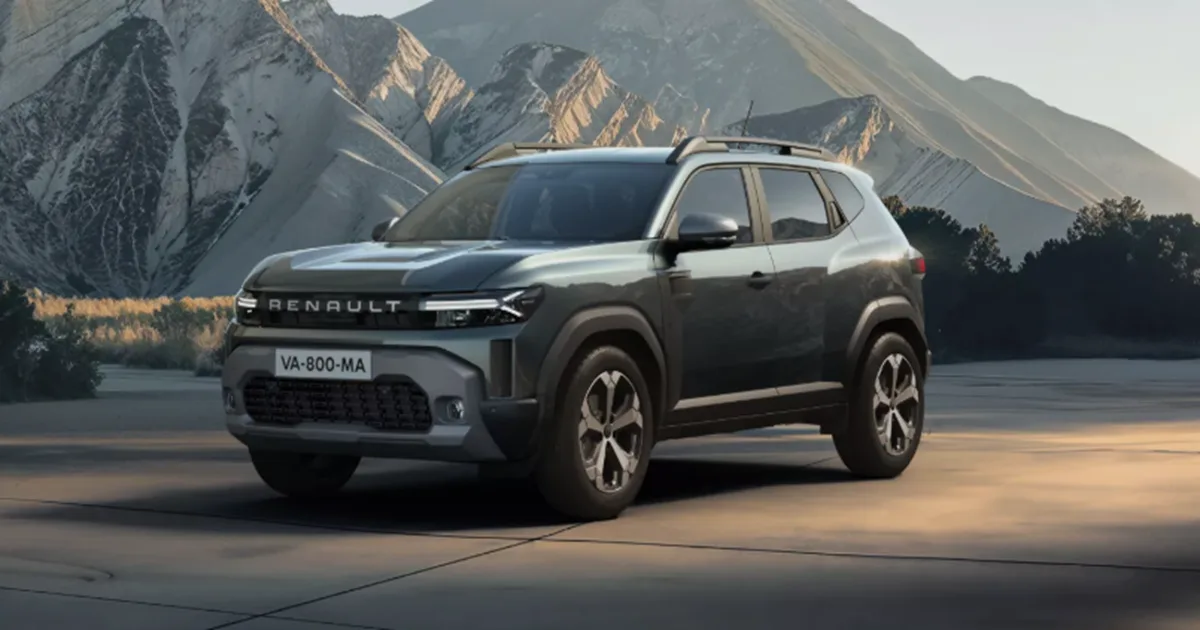
In 2026, the Duster, which is identical to the Sierra, will also return to the Indian market. It was the first small SUV to hit the Indian market when it was originally introduced in 2012. Several well-known companies, including Maruti Suzuki, Hyundai, Tata Motors, and Kia, followed with models like the S-Cross, Creta, Harrier, and Seltos, respectively.
Key details Renault Duster
According to sources, the base models of the new Renault Duster may also utilise a 1.0L turbocharged petrol engine, while the new model is anticipated to have a 1.3L turbocharged petrol engine. Additionally, a powerful hybrid version is reportedly being prepared to compete with vehicles like the Kia Seltos and Maruti Grand Vitara. The Dacia Bigster will have a significant influence on the SUV’s design, and the interior will have previously unheard-of amenities.
Also Read:- Hyundai A+ Class EV Micro-SUV to be launched in India by 2027
4. Maruti eVitara
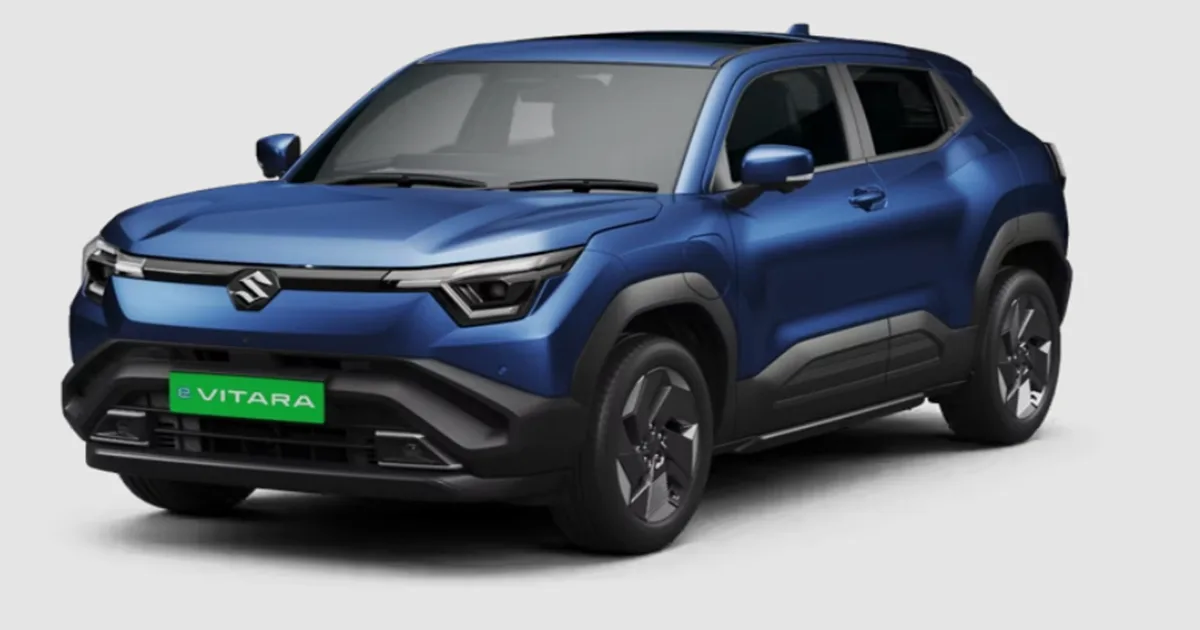
One of Maruti Suzuki’s most eagerly awaited releases is the eVitara. When it is introduced, it will be the automaker’s first electric vehicle in India. It was on display at the Auto Expo this year. Two battery options—49 kWh and 61 kWh—should be included. With a single charge, the bigger model will have a range of more than 500 kilometres.
Key details Maruti eVitara
The electric motor installed on the front axle will produce 173 horsepower and 192.5 Nm of torque. The eVitara has the potential to significantly disrupt Creta Electric’s market share if it is priced appropriately. Additionally, Suzuki offers an All Wheel Drive (AWD) variant of this e-SUV overseas, which would give it a significant advantage over the Creta EV, which is still a FWD model, if it were introduced to India.
5. Nissan Kait
Based on the same CMF-B architecture as the Renault Duster, Nissan is also developing a brand-new SUV specifically for the Indian market. Whether it may be called the “Kait” or if the Japanese brand might adopt a different name is still up in the air. Even though it shares the Duster’s architecture, it will have its own identity and design language, and it will also debut in 2026.
Key details Nissan Kait
According to media sources, it will have more features than the Duster and be produced at the Renault-Nissan facility in Chennai, with a greater degree of localisation to achieve competitive pricing. While a 1.6L gasoline engine with potent hybrid technology is also being considered, it will share the Duster’s 1.3L turbocharged petrol engine.
PPX Saying
For almost ten years, the Hyundai Creta has dominated the midsize SUV market, but the next two years will put that dominance to the test. The market is poised for its most competitive era to date, with the comeback of classics like the Tata Sierra and Renault Duster, the arrival of Maruti’s first EV SUV, and Kia and Nissan honing their products. More options, cutting-edge technology, and a changed SUV market in India are what consumers may expect.



